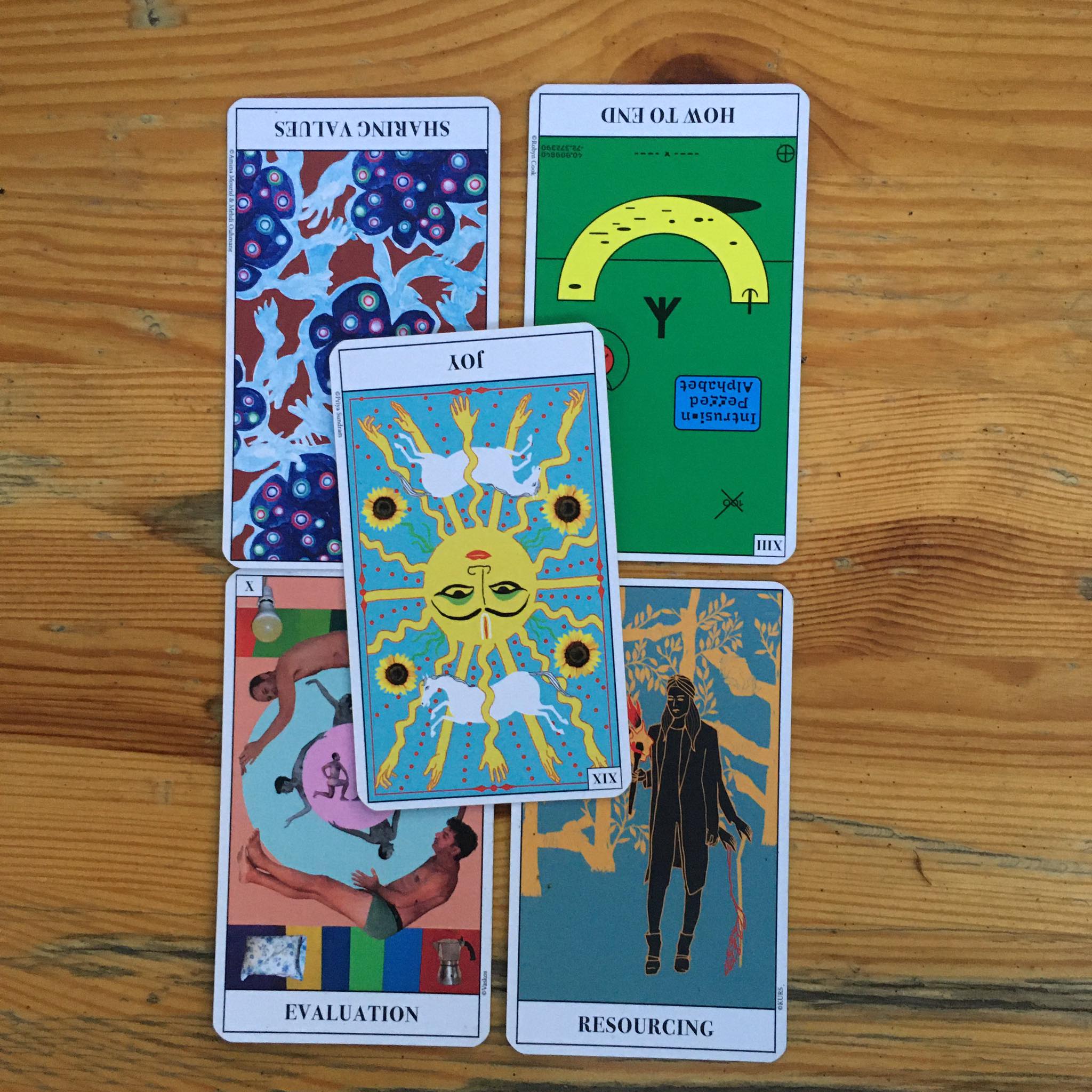Collectively shaped reading
The proposal for the reading session was to think about collaborations, and ask ourselves: what do they actually mean for us? The idea to approach this frame was to take a step back, to de-construct the role of facilitator and make the session a collectively shaped reading.
On the 12th of August, I was invited to facilitate a session for theatre and dance students who had received the residency in Studio Alta. The group of students contained five small collectives who took part in the residency, for some of them it was the first residency in their work experience and for many it was also the first step of collaboration within the established collective.
The proposal for the reading session was to think about collaborations, and ask ourselves: what do they actually mean for us? The idea to approach this frame was to take a step back, to de-construct the role of facilitator and make the session a collectively shaped reading. Without any rules or hints, the group gathered around the deck of cards, looking at one after another, sharing the imagination and articulating the possible interpretations in relation to the topic. Eventually, they created a composition with the discussed cards, which was a result of consent.
Such an approach to reading appeared to be useful in a way it triggers mutual responsibility and demands the participants to imagine and find their own rules on how to approach the cards.
At the end of the session, I proposed a ritual or a micro action that was supposed to activate narratives and questions discussed during the reading. It goes like this:
Tacticle Collaborations
The following ritual/microaction is a proposal to reflect on the role of collaboration within your artistic processes. You can practice it each time you are developing a new project or when you are in need of evaluation and it goes like this:
- Identify your collaborators. Take a blank paper/document and write down a list of everyone and everything you consider as collaborators in your process (may them be human or other-than-human beings) - try to expand your imagination and see who affects you and how you understand collaborators.
- take another paper/document and position the various actors/actants in the spatial constellation. You can work with patterns according to your needs. Feel free to prioritize/categorize, use whatever you need to find the proper dynamics.
- look at the mind-map and think, which collaborators/links/bounds/networks should be empowered, which holds you back and should take out, which should be redefined.
Ask yourselves a question: Who/what is in? Who/what is out? Who/what should be included and who should stay out?
Participants: Katharina Joy Book, Dora Rodriguez, Katarina Kadijevic, Aneta Bočková, Miriam Budzáková, Daniela Kolková, Lucia Kašiarová, Silvia Sviteková
Happy with what you’ve read? Send us more stuff like this!
